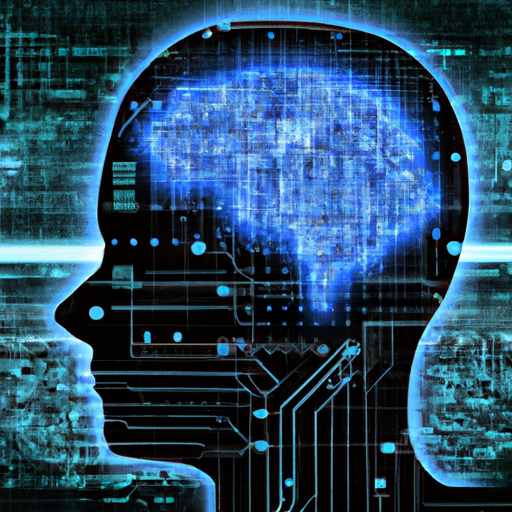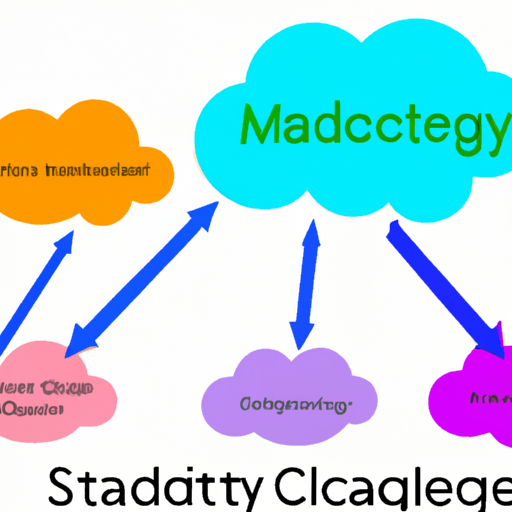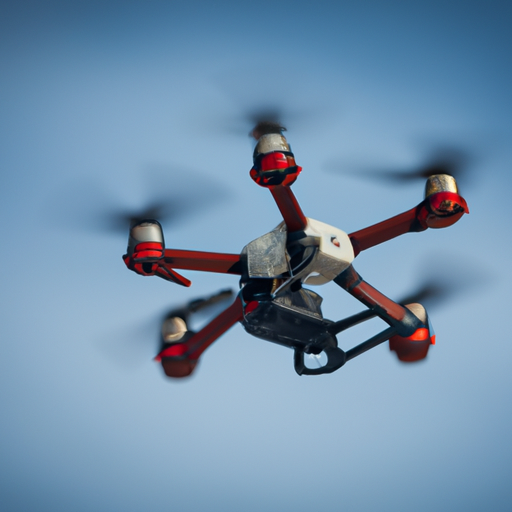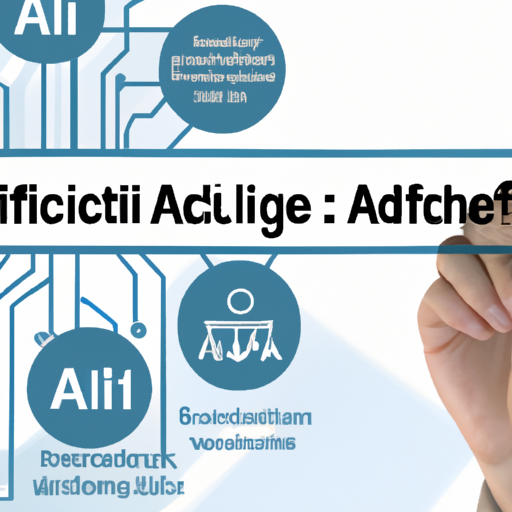In today’s fast-paced business environment, Digital Supply Chain Solutions are becoming essential for organizations looking to optimize their logistics operations. With the rise of e-commerce and global trade, the demand for efficient and responsive supply chains has never been higher.
Digital Transformation is at the forefront of this change, integrating cutting-edge technologies such as artificial intelligence, machine learning, and the Internet of Things (IoT) into supply chain management. These advancements not only streamline operations but also provide real-time insights into inventory levels, shipping statuses, and customer demand.
Enhancing Efficiency in Supply Chains
One of the primary benefits of implementing digital supply chain solutions is increased efficiency. By automating processes and utilizing data analytics, companies can reduce operational costs and minimize bottlenecks. For example, predictive analytics can forecast demand trends, allowing companies to adjust their inventory accordingly and avoid stockouts or overstock situations.
Additionally, Logistics Technology empowers organizations to enhance their supply chain visibility. Tracking shipments in real-time not only boosts customer satisfaction but also aids in better planning and decision-making. This comprehensive visibility is critical for managing risks and ensuring that businesses stay agile amidst market fluctuations.
Future Trends in Digital Supply Chains
As the landscape of logistics continues to evolve, companies must stay ahead of the curve by adopting Digital Supply Chain Solutions. Future trends suggest that the integration of blockchain technology could further revolutionize supply chains, ensuring transparency and security in transactions.
In conclusion, embracing these digital solutions is no longer just an option for companies; it’s a necessity for thriving in the competitive market. By transforming their supply chain processes, businesses can not only enhance efficiency but also build stronger relationships with their customers.
Stay tuned for more insights on how logistics technology is shaping the future of supply chain management!













